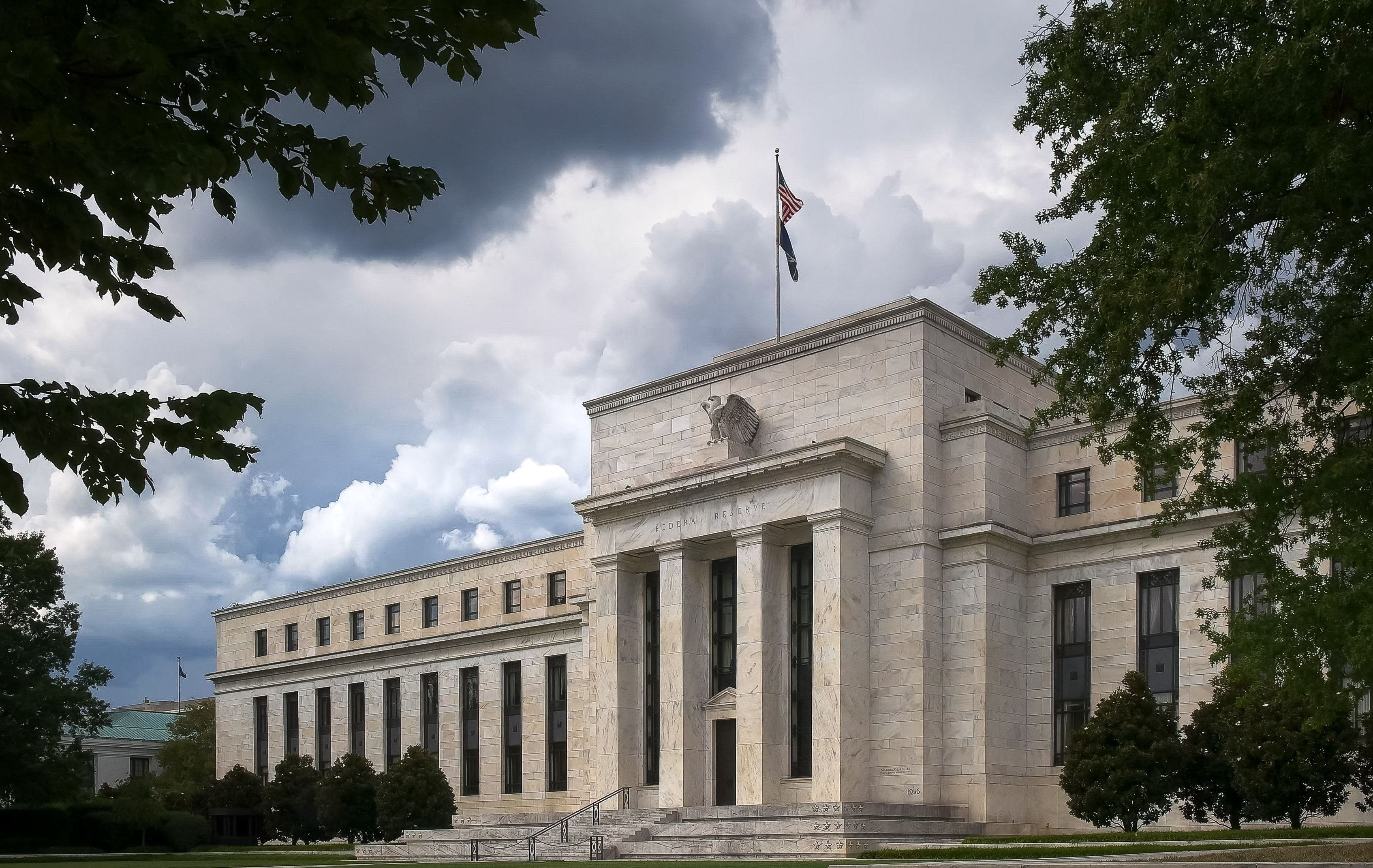What the Rush of Money into Stock Funds Means
In truth, not much So ignore the chorus shouting “sell” just because individuals are pouring money into the market.

Individual investors have finally decided that it’s safe to buy stocks again. So far this year through October 31, investors poured $404 billion more into U.S. and foreign stock funds and exchange-traded funds (ETFs) than they took out, research firm Strategic Insight reports. For the full year, the firm projects that net inflows will total more than those for the previous four years combined.
Here’s the bad news. Market strategists, analysts and money managers almost unanimously believe the rediscovery of stocks by individuals is not a good thing for the market. It’s as close to Wall Street gospel as you can get: Individual investors almost always buy and sell at the wrong times.
Want samples of that kind of thinking? After a particularly big week of fund buying in late October, David Santschi, chief executive officer of TrimTabs Investment Research, said in a note to clients, “As Silicon Valley bestows multi-billion valuations on technology outfits with neither revenue nor profits, investors are piling into equity funds at the fastest rate since the technology stock bubble popped in 2000.”
From just $107.88 $24.99 for Kiplinger Personal Finance
Become a smarter, better informed investor. Subscribe from just $107.88 $24.99, plus get up to 4 Special Issues

Sign up for Kiplinger’s Free Newsletters
Profit and prosper with the best of expert advice on investing, taxes, retirement, personal finance and more - straight to your e-mail.
Profit and prosper with the best of expert advice - straight to your e-mail.
Two days later, Michael Hartnett, chief investment strategist at Bank of America Merrill Lynch, headlined the firm’s weekly report on fund flows “It’s Getting Frothy, Man!”
Just one problem with that analysis: The relationship between fund flows and subsequent returns is actually much more complex. At my request, Morningstar crunched the data on flows in and out of domestic stock funds and ETFs since 1993. Morningstar totaled flows over each January–June and July–December six-month period along with stock market returns for the subsequent six and 12 months.
If you average all the periods with positive net inflows into U.S. stock funds, Standard & Poor’s 500-stock index returned an average of 4.5% over the next six months and 10.6% over 12 months. That certainly doesn’t raise any bear-market warning flags.
By comparison, averaging all the periods with net flows out of stock funds, the S&P 500 returned an average of 5.8% during the subsequent six months and 9.4% over 12 months. In other words, over the short term (six months) the stock market did better on average after periods during which more money came out of stock funds than went into them. But the average 12-month return was slightly higher after a period of net inflows than it was during a period of net outflows.
At first blush then, the relationship between fund flows and subsequent returns seems nonexistent. Indeed, for all 40 six-month periods measured by Morningstar, the S&P went up about two-thirds of the time. And, lo and behold, the S&P went up about two-thirds of the time after investors were net buyers or net sellers of stock funds.
In fact, after the six periods with the largest net outflows from stocks, the S&P rose. Conversely, the market gained after six of the eight periods with the largest net buying of stock funds.
One relationship that’s clear from the data is that individuals tend to buy U.S. stock funds after the market has risen and to sell after it has fallen. They’re not contrarians. Unfortunately, that information is of no use to investors attempting to forecast the future direction of the stock market. Sometimes the market trend is your friend; sometimes it isn’t.
But there is one nugget buried in the data. When net flows out of stock funds are massive, that tends to be a good time to buy stocks. For instance, the biggest net outflows from stock funds since 1993 were recorded for the last six months of 2011. And the S&P rallied 9.5% in the next six months. The second biggest bout of selling was posted in the last six months of 2012. Similarly, the S&P rose 13.8% during the subsequent six months.
Bottom line: A flood of individual investor money into stock funds isn’t particularly useful as a contrarian indicator that portends a market decline. But overwhelming investor pessimism, as measured by large outflows from stock funds, has some value in predicting a strong market.
Steven T. Goldberg is an investment adviser in the Washington, D.C., area.
Profit and prosper with the best of Kiplinger's advice on investing, taxes, retirement, personal finance and much more. Delivered daily. Enter your email in the box and click Sign Me Up.

-
 Stocks Struggle for Gains to Start 2026: Stock Market Today
Stocks Struggle for Gains to Start 2026: Stock Market TodayIt's not quite the end of the world as we know it, but Warren Buffett is no longer the CEO of Berkshire Hathaway.
-
 Tip: Ways to Track Your Credit Card Rewards
Tip: Ways to Track Your Credit Card RewardsHere are the best strategies and apps to help you stay current with your credit card rewards.
-
 How New Investors Can Pick Their Perfect Portfolio, According to a Pro
How New Investors Can Pick Their Perfect Portfolio, According to a ProSee what Cullen Roche has to say about finding your perfect portfolio as a new investor and his two-word answer on where he thinks the stock market is headed in 2026.
-
 What the Rich Know About Investing That You Don't
What the Rich Know About Investing That You Don'tPeople like Warren Buffett become people like Warren Buffett by following basic rules and being disciplined. Here's how to accumulate real wealth.
-
 How to Invest for Rising Data Integrity Risk
How to Invest for Rising Data Integrity RiskAmid a broad assault on venerable institutions, President Trump has targeted agencies responsible for data critical to markets. How should investors respond?
-
 What Tariffs Mean for Your Sector Exposure
What Tariffs Mean for Your Sector ExposureNew, higher and changing tariffs will ripple through the economy and into share prices for many quarters to come.
-
 How to Invest for Fall Rate Cuts by the Fed
How to Invest for Fall Rate Cuts by the FedThe probability the Fed cuts interest rates by 25 basis points in October is now greater than 90%.
-
 Are Buffett and Berkshire About to Bail on Kraft Heinz Stock?
Are Buffett and Berkshire About to Bail on Kraft Heinz Stock?Warren Buffett and Berkshire Hathaway own a lot of Kraft Heinz stock, so what happens when they decide to sell KHC?
-
 How the Stock Market Performed in the First 6 Months of Trump's Second Term
How the Stock Market Performed in the First 6 Months of Trump's Second TermSix months after President Donald Trump's inauguration, take a look at how the stock market has performed.
-
 Fed Leaves Rates Unchanged: What the Experts Are Saying
Fed Leaves Rates Unchanged: What the Experts Are SayingFederal Reserve As widely expected, the Federal Open Market Committee took a 'wait-and-see' approach toward borrowing costs.
-
 Fed Sees Fewer Rate Cuts in 2025: What the Experts Are Saying
Fed Sees Fewer Rate Cuts in 2025: What the Experts Are SayingFederal Reserve The Federal Reserve cut interest rates as expected, but the future path of borrowing costs became more opaque.